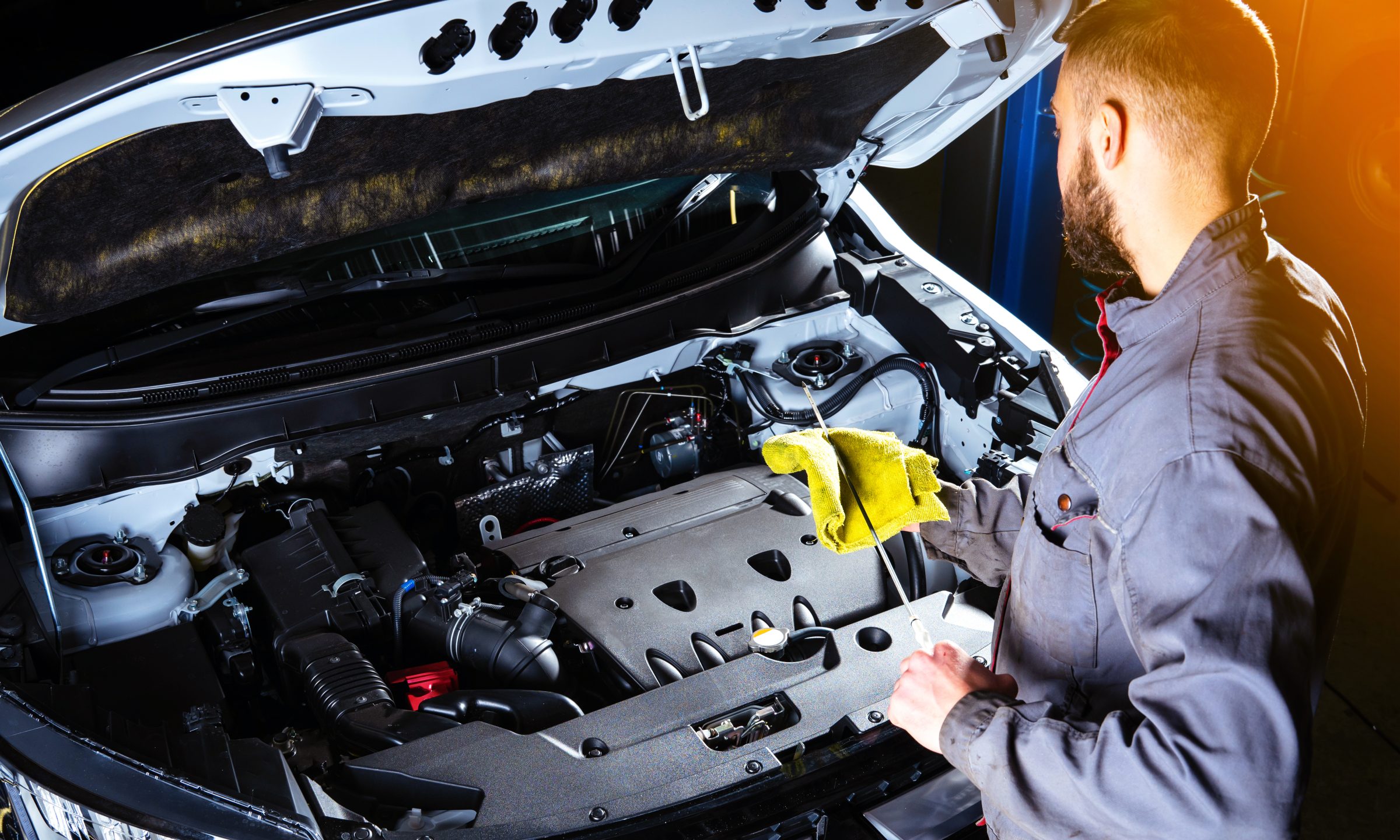All Categories
Featured

The check engine light (CEL) is one of one of the most critical caution systems in your car, yet it usually creates confusion or fret for many drivers. Understanding what this light stands for and just how to handle it can save you time, money, and unneeded anxiety. This guide provides a review of what triggers the CEL, its potential effects, and the steps you need to take when it brighten.
What Does the Inspect Engine Light Indicate? The CEL belongs to your automobile's onboard diagnostics system (OBD), which keeps an eye on engine performance and exhausts. When the system identifies a problem that requires your interest., it lights up.
Solid Light: Signals a non-urgent issue but one that need to be resolved quickly, such as a sensing unit malfunction or emissions-related issue. Blinking Light: Shows an important problem like an engine misfire. Driving in this problem can cause serious damage, so prompt activity is required. Typical Causes of the Examine Engine Light. The CEL can light up for a large range of reasons, some small and others much more severe. Below are some of one of the most frequent causes:

Loosened or Damaged Gas Cap:
A loosened gas cap can compromise the gas system, triggering the CEL. When the light comes on, monitoring and tightening the cap is a very easy very first step. Faulty Oxygen Sensor:
This sensor keeps an eye on the air-to-fuel ratio in your engine. A malfunction can lower fuel effectiveness and boost emissions. Malfunctioning Catalytic Converter:
The catalytic converter helps reduce dangerous exhaust discharges. Neglecting other engine issues, like misfires, can lead to catalytic converter damages. Ignition System or Ignition Coil Problems:
These parts are vital for beginning and running your engine efficiently. Regular maintenance can stop wear and failing. Mass Air Movement Sensing Unit Issues:
This sensing unit measures the quantity of air getting in the engine to ensure optimal efficiency. A unclean or defective sensing unit can minimize effectiveness and power. Steps to Take When the Examine Engine Light Comes On. Examine the Gas Cap:
Tighten the cap and see if the light transforms off after driving a couple of miles. Observe the Car's Behavior:
Keep in mind any uncommon symptoms like rough idling, lowered power, or odd sounds. Check the Codes:
Utilize an OBD-II scanner to retrieve problem codes saved in your automobile's computer system. Many automobile parts shops use this service completely free. Go To a Technician:

If the light stays on or is blinking, take your vehicle to a professional for a comprehensive diagnosis. Stopping Inspect Engine Light Issues. Proactive maintenance is the ideal method to stay clear of CEL issues. Adhere to these pointers:
Adhere To a Regular Upkeep Schedule: Adjustment your oil, replace filters, and check ignition system in a timely manner. Evaluate the Gas Cap: Change harmed caps to stop leaks in the fuel system. Use Top Quality Gas: Poor-quality fuel can add to sensing unit and exhausts concerns. Why Prompt Activity Issues. Disregarding the CEL can result in more severe issues, such as engine damages or expensive repairs. A tiny problem like a loosened gas cap can snowball right into a major expense if disregarded.
Final thought. The check engine light is a necessary device for keeping your car's wellness. By comprehending its objective and reacting quickly, you can stay clear of unneeded repair services and maintain your auto running smoothly. The next time the CEL begins, keep in mind to remain tranquil, inspect the essentials, and consult a professional if needed.
Latest Posts
Explore Cost-Effective Auto Repairs with Montclare’s Limited-Time Service Specials
Published May 21, 25
1 min read
Join WyHy FCU – Essential Perks for Your Financial Future
Published May 21, 25
1 min read
Explore the Storied Past of Deauville Inn: From Speakeasy to Jersey Shore Icon
Published May 19, 25
2 min read
More
Latest Posts
Explore Cost-Effective Auto Repairs with Montclare’s Limited-Time Service Specials
Published May 21, 25
1 min read
Join WyHy FCU – Essential Perks for Your Financial Future
Published May 21, 25
1 min read
Explore the Storied Past of Deauville Inn: From Speakeasy to Jersey Shore Icon
Published May 19, 25
2 min read